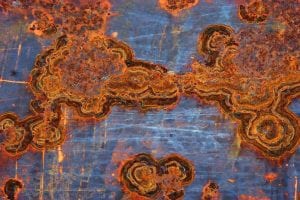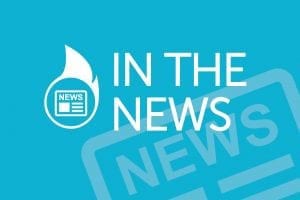Transfusion-Dependent β-Thalassemia (TDT)
Transfusion-dependent β-thalassemia (TDT) is a rare disease that is caused by a mutated β-globin gene. This mutation causes the amount of hemoglobin in the body to be reduced or completely absent. TDT patients require lifelong blood transfusions to maintain proper hemoglobin levels. Unfortunately, these transfusions can cause iron levels in the body to become too high, risking organ damage. In addition to the risk these transfusions cause, they can significantly affect the quality of life of TDT patients.
Thankfully, a new gene therapy, which could potentially eliminate the need for transfusions all together, has just received conditional marketing authorization by the European Commission. It’s called ZYNTEGLO.
New Approval
ZYNTEGLO was actually the fastest therapy to ever pass through EMA’s PRIME program and Adaptive Pathways program. These programs are in place to help novel treatments get in the hands of patients faster and this authorization shows their benefit. They allowed for accelerated evaluation of this treatment which could literally be life-changing for patients.
This new marketing authorization applies to all EU member states as well as Norway, Iceland, and Liechtenstein.
The FDA has already granted this therapy Breakthrough Therapy and Orphan Drug designations. It also has Priority Medicines (PRIME) designation and Orphan Medicinal Product designation for β-thalassemia intermedia and major in the EU.
ZYNTEGLO is Bluebird Bio’s very first gene therapy product to receive approval.
How it Works
ZYNTEGLO is a one time gene therapy treatment for patients at least 12 years of age diagnosed with TDT who do not have a β0/β0 genotype and do not have an available HLA-matched hematopoietic stem cell (HSC) donor.
It works by adding healthy copies of the β-globin gene into the patient’s own HSCs. This means that no donor is required.
First, the patient’s HSCs are drawn by apheresis. The gene is then inserted into the cells by transduction. The patient then receives chemotherapy so that their bone marrow is ready to receive the new HSCs. After the gene therapy is administered, patients may be able to produce their own hemoglobin. The production of this hemoglobin could mean that patients no longer require regular transfusions. Once the TDT patient reaches transfusion independence, this independence is expected to last until the end of life.
Clinical Trials
This authorization was possible due to positive clinical trial data in the Phase 1/2 HGB-205, Phase 1/2 HGB-204, Phase 3 HGB-207, and Phase 3 HGB-212 studies. The authorization was also supported by LTF-303, a long-term follow-up study.
In these studies, transfusion independence was defined by reaching at least one year without necessitating a transfusion while maintaining weighted hemoglobin ≥9 g/dL. Here are the results-
- 75% of patients in the Phase 1/2 HGB-205 trial achieved transfusion independence
- 80% of patients in the Phase 1/2 HGB-204 study achieved transfusion independence
- 80% of patients able to be evaluated for transfusion independence in the Phase 3 HGB-207 study achieved it
There were some non-serious AEs observed in these trials in addition to one serious AE. Other AEs stayed consistent with side effects already known to result from HSC collection or bone marrow ablation.
You can read more about ZYNTEGLO and the clinical trials which led to this new authorization here.







